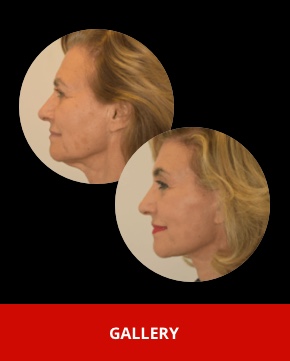Uneven Nostrils
What causes uneven nostrils sizes and asymmetry?
Uneven nostrils can be caused by a deviation of the end of the nasal septum or a difference in the shape of the alar cartilages. A problem with the septum can also cause a secondary bend in the alar cartilages (medial crura or lateral crura) so that both problems exist together. Some people develop uneven nostrils naturally and in others it can occur after surgery.
The nasal septum is the cartilage that divides the two nostrils into their separate halves. It normally sits precisely in the midline. The part of the septum at the very end between the nostril openings is called the “caudal septum”.
The alar cartilages are the lower cartilages of the nasal skeleton that run between the nostrils and around their rims. We divide them into medial crura (the part closest to the midline) and lateral crura.
How do I treat a caudal septal deviation?
When treating a septal deviation the first step is to rebuild and correcting the asymmetries of the nostril openings. This process means either repositioning the existing septum or removing the deviated portion of the cartilage and reconstructing it with a new, straight piece of cartilage (typically taken from a different part of the septum or ear). The new cartilage is kept in place by stitches which helps to keep long lasting improvement to the nostril asymmetry.
What are flared medial Crura?
Uneven nostrils occur naturally when the medial crura flare toward the floor of the nose. The medial crura is made of cartilage that make up the collumella. This can occur unevenly and can be corrected by repositioning these crura. Often a small piece of cartilage called a columella strut can be placed between the medial crura and helpful to create permanent symmetry in this area.
One nostril edge sites higher than the other
Sometimes one nostril ends up sitting higher than the other. This can be cause by the lateral alar cartilage rotating upwards on one side or following an infection or trauma where some soft tissue is removed or is replaced by scar tissue. Depending on the severity of this problem a number of different techniques may be employed to lower the nostril and restore symmetry. These may include lateral crural strut grafts, a composite graft or a rim graft.


